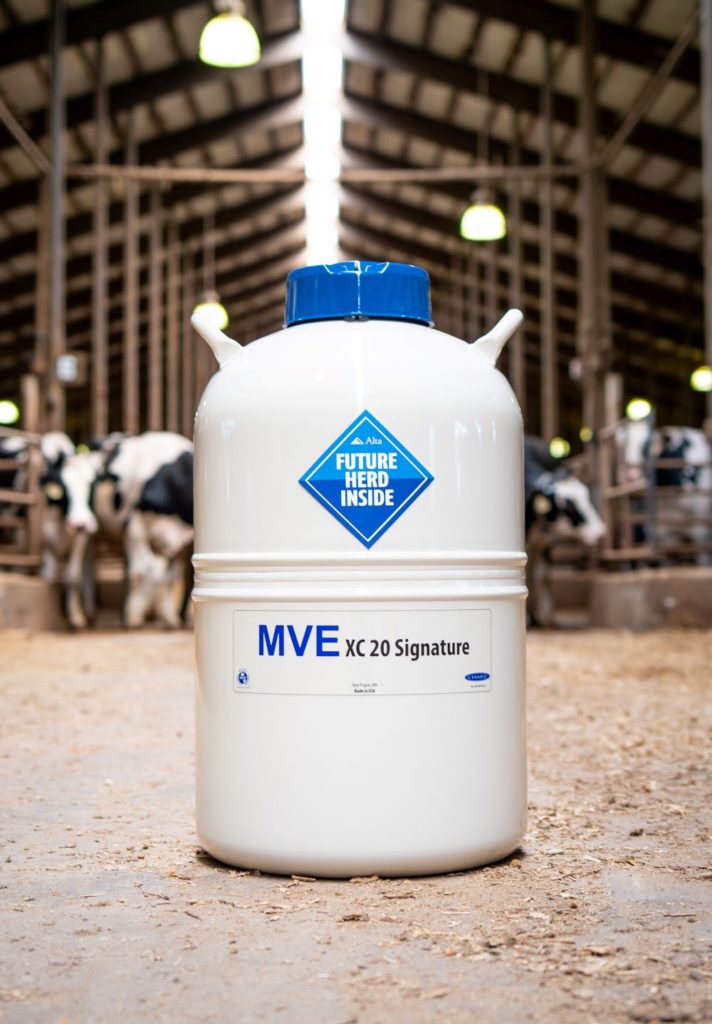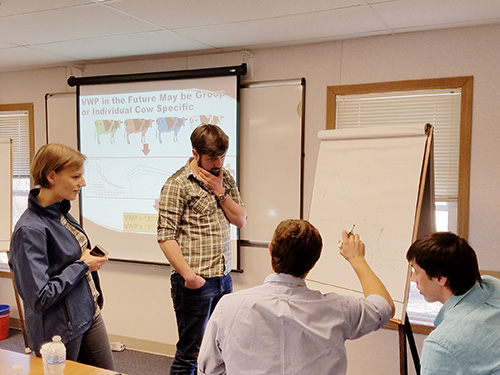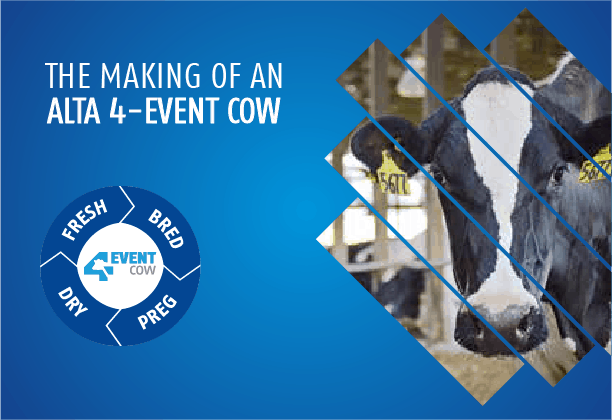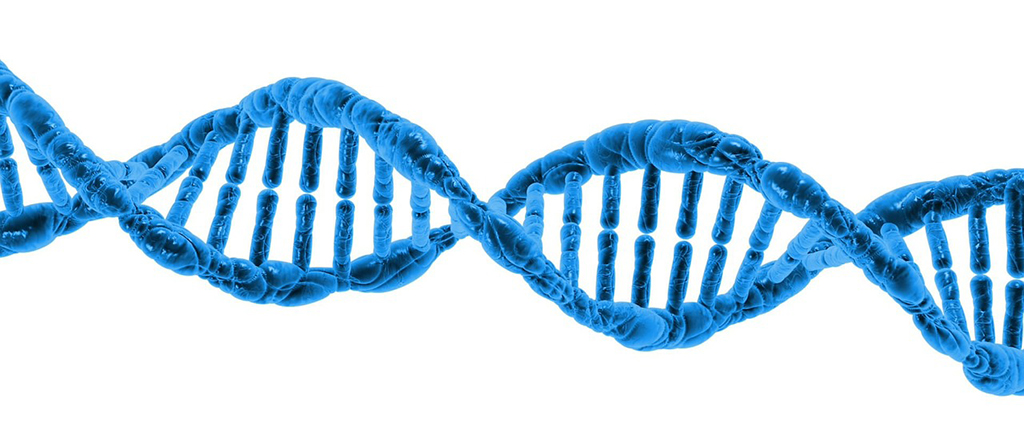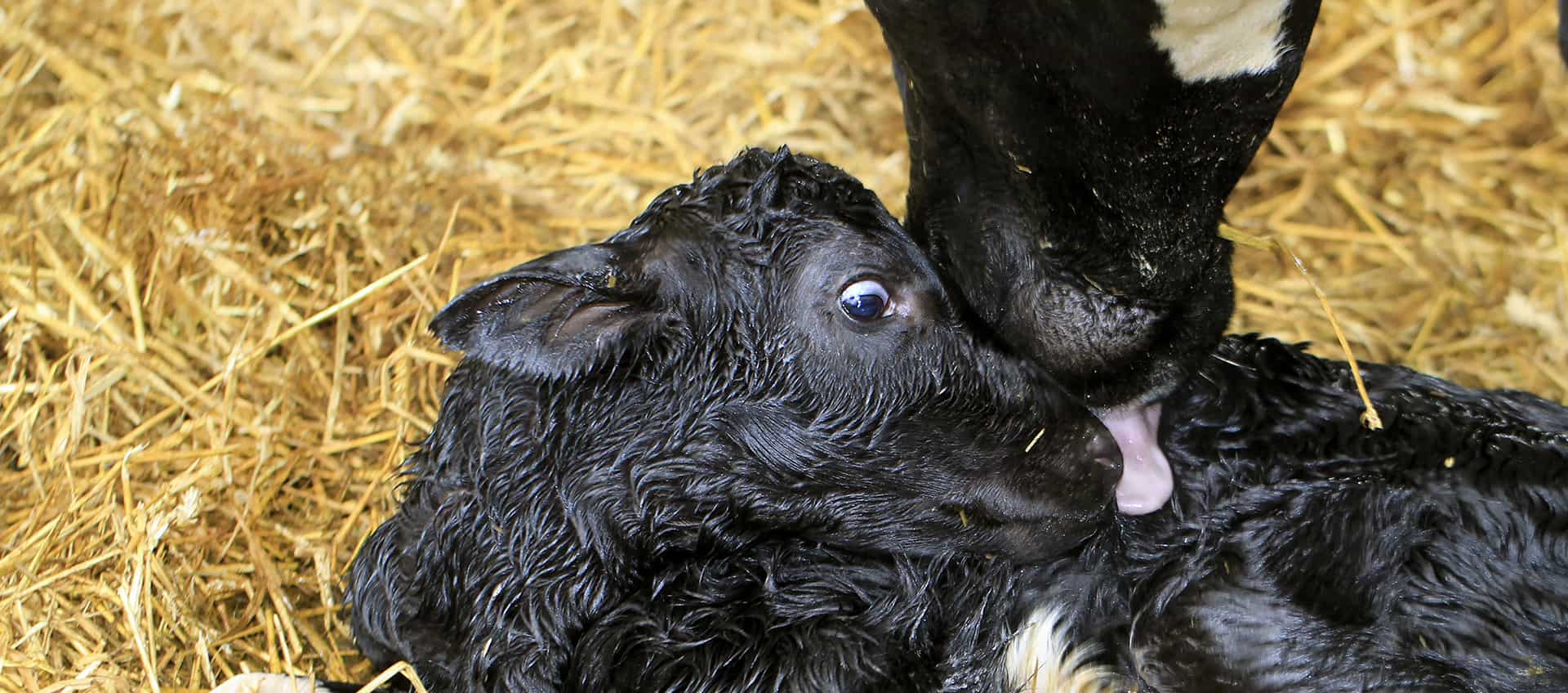With August proofs, we saw a new and unique situation with two Alta sires: newly released sexed-only 11HO12240 AltaMILESTONE and G-STAR sire, 11HO11740 AltaFACET.
AltaMILESTONE’s initial genomic test told us he was free from the HH5 haplotype. However, the more extensive gene test for the causative mutation told us he is, in fact, an HH5-carrier. Similarly, AltaFACET was initially coded as free from the HH3 haplotype, but a later gene test revealed he is an HH3-carrier.
Traditionally, haplotypes are identified when animals have the same extended sequence of about 100 SNPs. Because we know there is more to this than the currently identified haplotypes, researchers are working to identify the exact causative mutations that cause early embryonic death1,2. This causative mutation is located in between two of the 100 SNPs used in the haplotype identification, but prior to finding the true causative mutation the exact location was unknown.
Over time, crossover events that occur in the DNA during sperm and egg creation can breakup and reassemble parts of an animal’s genome. That’s why we often see so much diversity in the progeny from a single mating pair.
These crossover events can also breakup that sequence of the 100 SNPs that we traditionally use to identify the haplotypes. If this happens, an animal could still have the causative mutation, but only have 40 of the 100 SNPs that would identify them as a haplotype carrier.
As researchers continue to identify the causative mutations for negative haplotypes, the specific gene tests will eventually replace the current haplotype tests used by the CDCB.
Although crossover events frequently happen in gamete formation, this process rarely occurs within the lethal haplotypes. In fact, these are the first instances of inconsistent haplotype results for Alta marketed sires.
For full disclosure, it’s important to remember that AltaMILESTONE (HH5) and AltaFACET (HH3) both have the causative mutation for their respective haplotypes and will therefore be labeled as carriers on Alta’s proof materials and website.
1Shutz et al. 2016. The Holstein Friesian Lethal Haplotype 5 (HH5) Results from a Complete Deletion of TBF1M and Cholesterol Deficiency (CDH) from an ERV-(LTR) Insertion into the Coding Region of APOB. PLoS ONE 11:e0154602.

